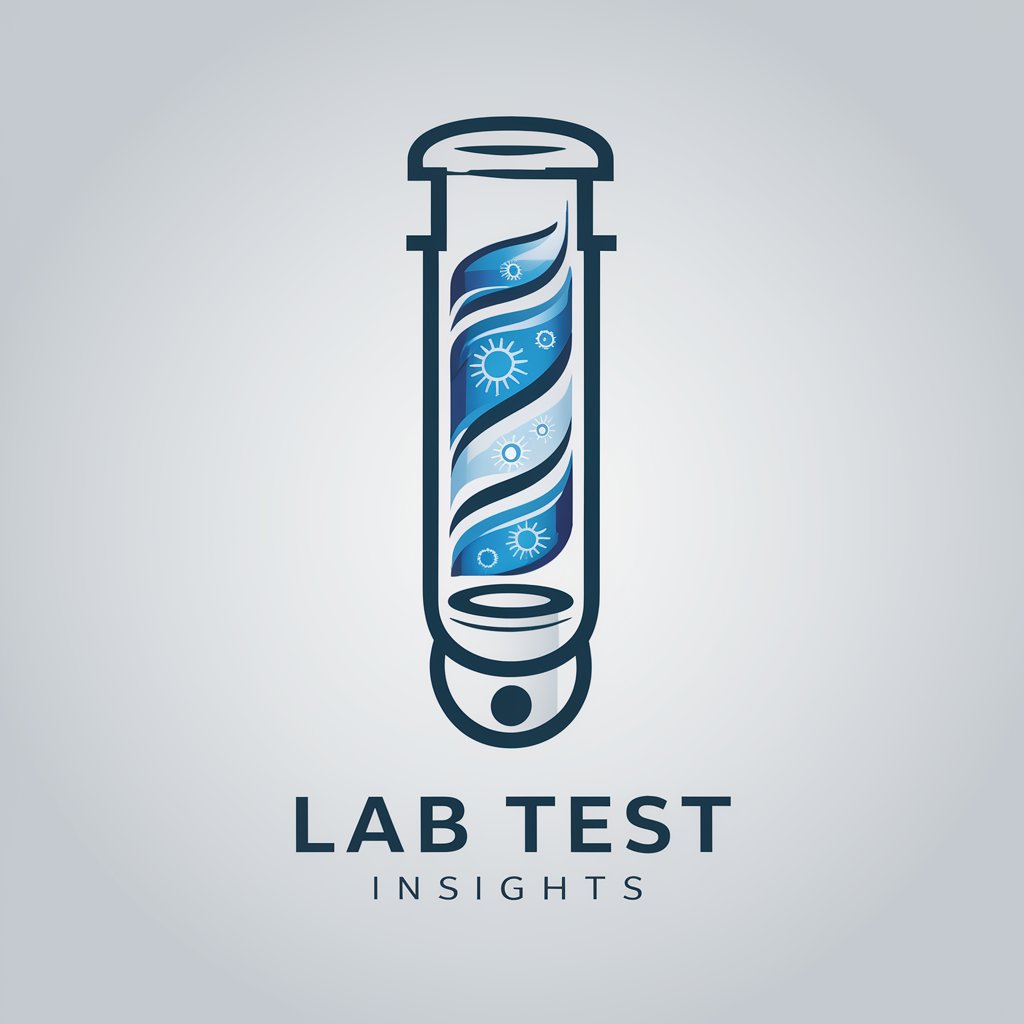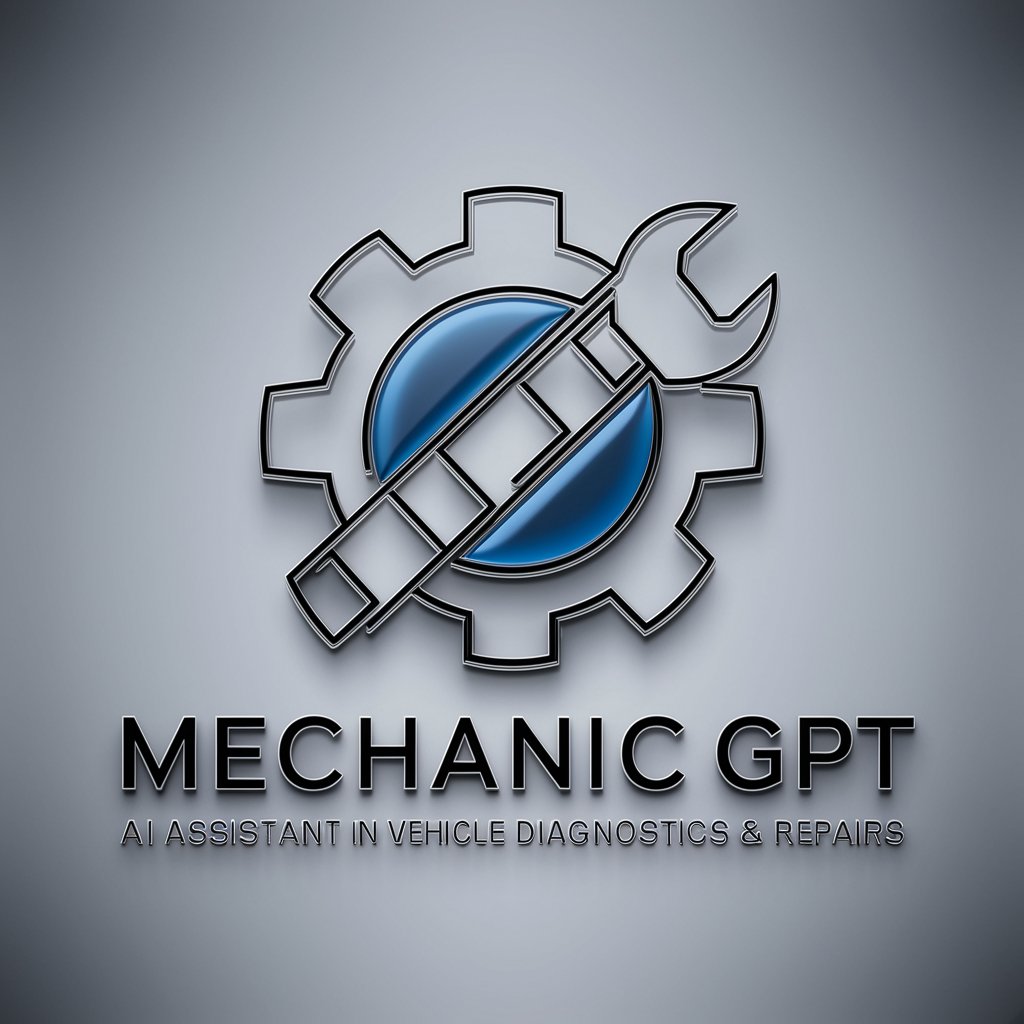
In-Line Diagnostics - Pipeline Diagnostic Insights
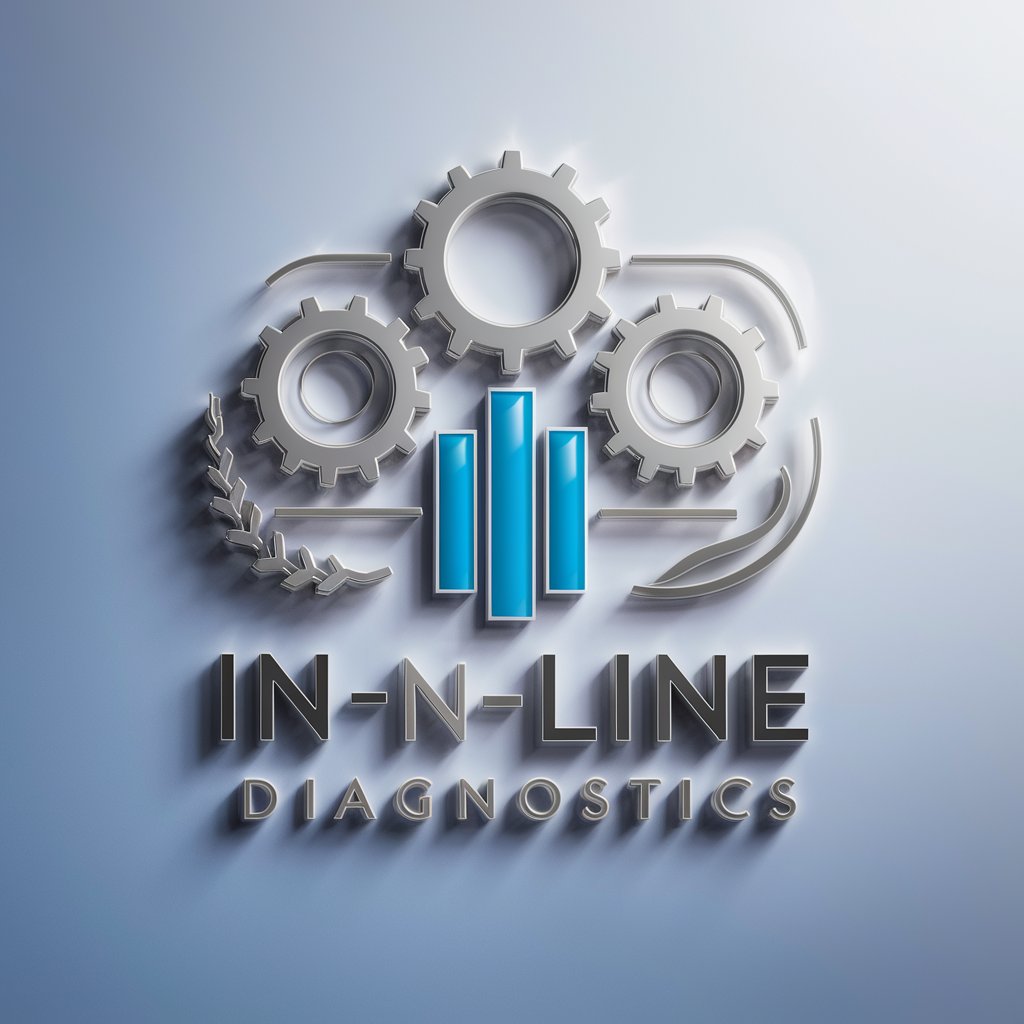
Welcome to In-Line Diagnostics, your pipeline technology expert.
AI-powered Pipeline Integrity Management
Create a detailed analysis of pipeline defect detection methods...
Generate a predictive model for pipeline failure based on...
Compare the cost-effectiveness of various pipeline repair techniques...
Develop a report on the latest industry standards for pipeline maintenance...
Get Embed Code
Understanding In-Line Diagnostics
In-Line Diagnostics is a specialized AI model designed to revolutionize the field of pipeline maintenance, repair, and diagnostics. It is engineered to detect and assess defects in pipelines, evaluate material compatibility, and ensure adherence to current industry standards. This model excels in predictive modeling, offering precise predictions on pipeline degradation and potential failures, facilitating proactive maintenance strategies. Additionally, it provides detailed data analysis, interpreting vast amounts of pipeline inspection data to identify patterns and anomalies. In-Line Diagnostics also delivers cost-benefit evaluations, aiding in the decision-making process by comparing the financial implications of different maintenance strategies. An example of its application includes the analysis of pipeline inspection data using smart pigging technology, where it can identify and classify pipeline defects such as corrosion, cracks, or dents, and suggest optimal repair methods. Another scenario involves using predictive modeling to forecast pipeline degradation in specific environments, enabling preemptive maintenance scheduling to avoid costly downtimes. Powered by ChatGPT-4o。

Core Functions of In-Line Diagnostics
Defect Detection and Assessment
Example
Using ultrasonic or magnetic flux leakage data to identify and quantify pipeline defects.
Scenario
In a scenario where a pipeline operator conducts routine inspections, In-Line Diagnostics processes the inspection data to accurately identify locations and severities of corrosion or cracks, enabling targeted repairs.
Predictive Modeling
Example
Forecasting pipeline degradation under various environmental conditions.
Scenario
For pipelines exposed to harsh environments, In-Line Diagnostics predicts the rate of corrosion and suggests optimal inspection intervals, preventing unexpected failures.
Material Compatibility Evaluation
Example
Assessing the suitability of different materials for repairs or upgrades.
Scenario
When a pipeline is due for repair or upgrade, In-Line Diagnostics analyzes the chemical composition of transported substances to recommend materials that ensure longevity and safety.
Cost-Benefit Analysis
Example
Comparing the costs of different maintenance strategies to their expected benefits.
Scenario
Before undertaking a major maintenance project, In-Line Diagnostics evaluates various approaches to determine the most cost-effective strategy that minimizes downtime and extends pipeline life.
Compliance Monitoring
Example
Ensuring maintenance and repair activities adhere to industry standards and regulations.
Scenario
In-Line Diagnostics continuously updates its database with the latest regulations, helping operators ensure all maintenance activities comply with industry standards, thus avoiding fines and ensuring operational safety.
Target Users of In-Line Diagnostics
Pipeline Operators
Companies that manage oil, gas, water, or chemical pipelines. They benefit from In-Line Diagnostics by optimizing maintenance schedules, enhancing pipeline safety, and reducing operational costs.
Maintenance Engineers
Professionals responsible for the upkeep of pipeline systems. In-Line Diagnostics offers them detailed insights into pipeline conditions, making it easier to prioritize repairs and maintenance activities.
Regulatory Compliance Officers
Individuals tasked with ensuring pipeline operations meet regulatory standards. In-Line Diagnostics aids in monitoring and documenting compliance, simplifying the regulatory oversight process.
Environmental Consultants
Experts advising on the environmental impact of pipeline operations. They use In-Line Diagnostics to assess and mitigate the ecological footprint of maintenance and repair activities, ensuring environmentally responsible operations.

Getting Started with In-Line Diagnostics
Step 1: Initiate Free Trial
Begin by accessing yeschat.ai to start your free trial, no account creation or ChatGPT Plus subscription required.
Step 2: Integration and Configuration
Integrate In-Line Diagnostics with your pipeline management system, ensuring compatibility with your hardware and software for seamless operation.
Step 3: Input Pipeline Data
Enter specific pipeline data, including material type, diameter, operating pressure, and history of maintenance for accurate diagnostics.
Step 4: Run Diagnostics
Utilize the tool to conduct thorough diagnostics, assessing for any defects, potential failures, or maintenance needs along your pipeline infrastructure.
Step 5: Review and Implement Recommendations
Analyze the diagnostics report provided by In-Line Diagnostics, implement the recommended actions, and schedule necessary repairs or maintenance.
Try other advanced and practical GPTs
MMA Fighter Profile Creator
Bringing Fighter Stats to Life with AI

3d Art & Image Creator
Transforming ideas into 3D visuals with AI

Appmart.ai
Empower Your Online Presence with AI
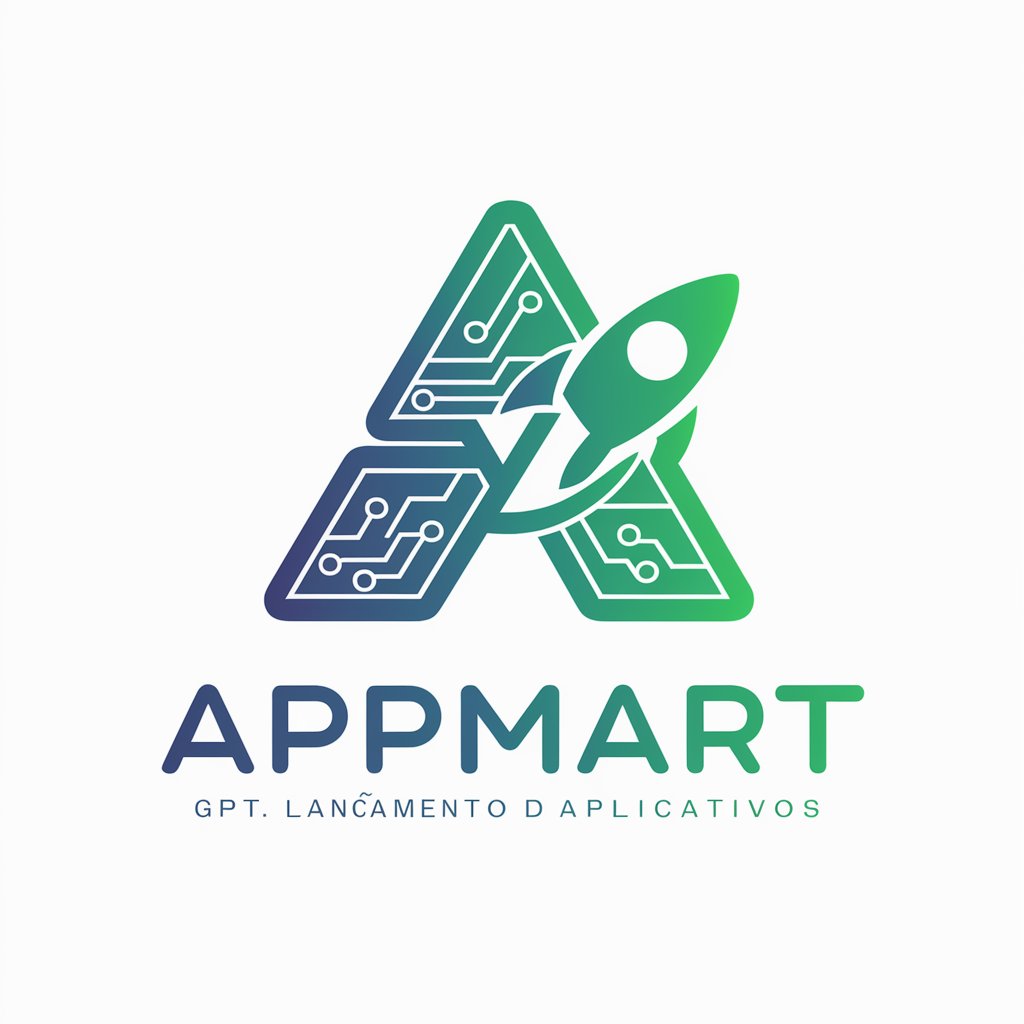
Insight Extractor
Uncover Deeper Meanings with AI

Architecture, Engineering, & Construction
Empowering AEC Projects with AI Innovation

IB Expert
Expertise in IB and TWS, powered by AI

组会PPT助手
Transforming Ideas into Presentations with AI
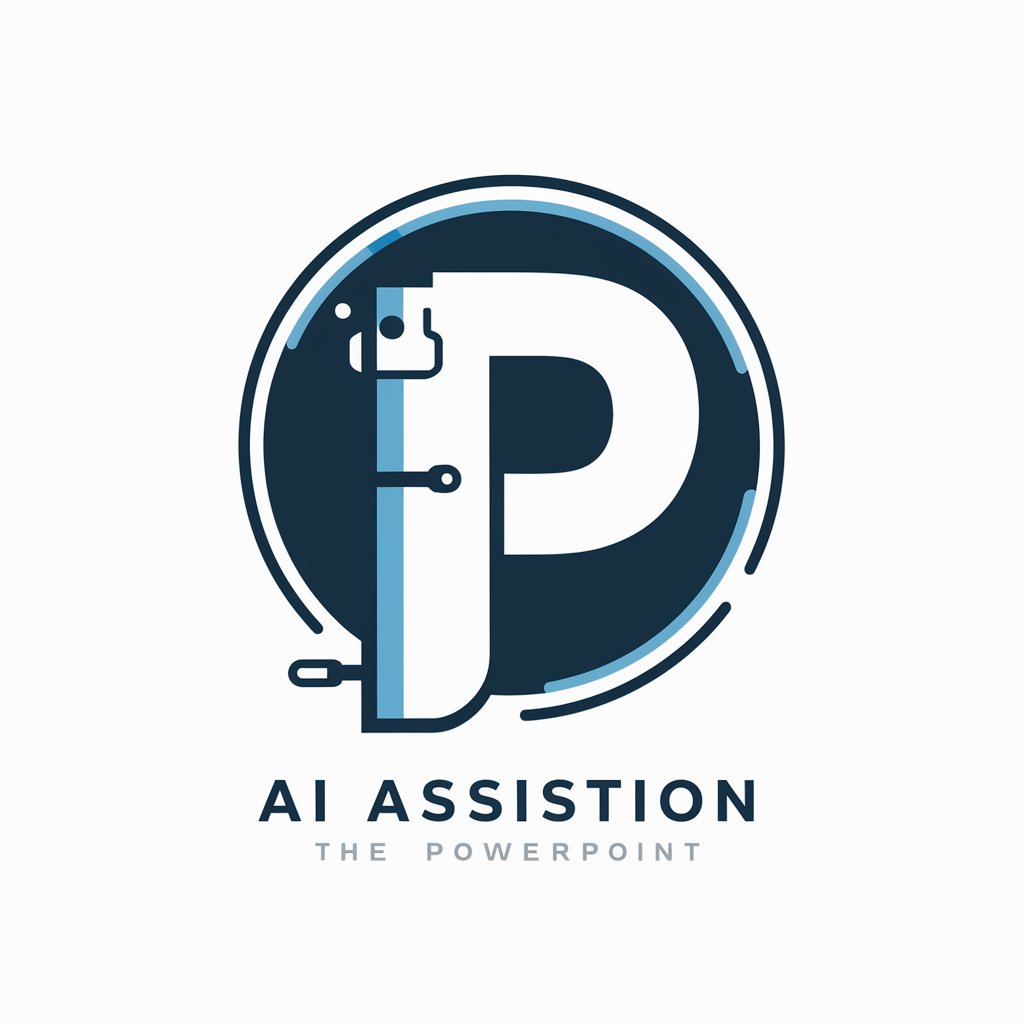
T3 Method Mentor
Empowering productivity with AI insights
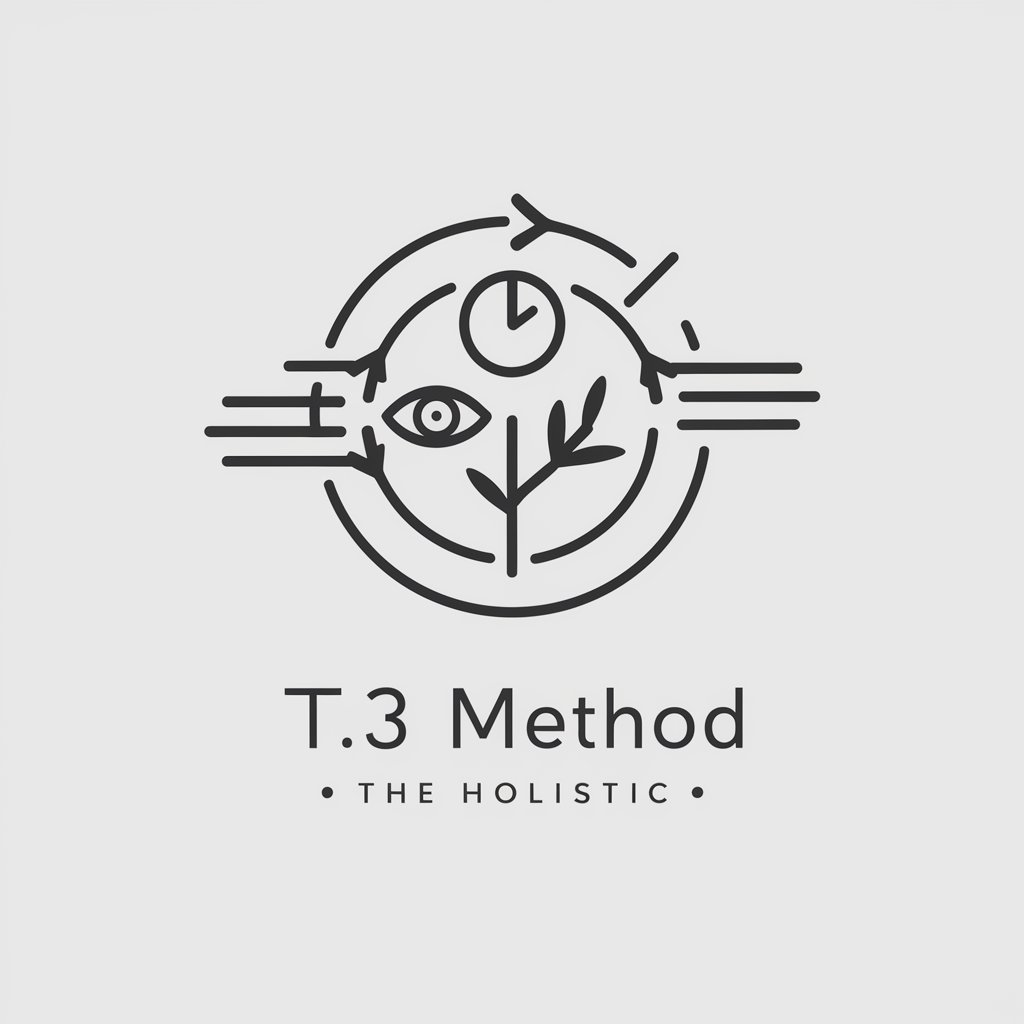
Global Audit AI
Revolutionizing Audits with AI

Temporal Odyssey
Adventure Through Time with AI

Patrick AI Entity
Refine Your Style with AI

Policy Letters Expert
Empowering advocacy through AI-guided writing.

In-Line Diagnostics FAQ
What makes In-Line Diagnostics unique in pipeline maintenance?
In-Line Diagnostics stands out due to its advanced AI algorithms that offer real-time, accurate assessments of pipeline integrity, predictive maintenance insights, and cost-effective repair recommendations, all while ensuring compliance with industry standards.
How does In-Line Diagnostics ensure compatibility with my existing pipeline system?
The tool is designed with adaptability in mind, supporting integration with a wide range of pipeline materials and systems. It requires initial configuration to align with your specific hardware and software, ensuring optimal performance.
Can In-Line Diagnostics predict pipeline failures?
Yes, one of its core functionalities is predictive modeling, which utilizes historical data and current diagnostics to forecast potential failures, allowing preemptive action to mitigate risks.
Is In-Line Diagnostics suitable for all types of pipelines?
It is versatile enough to cater to various pipeline types, including oil, gas, and water, thanks to its comprehensive database on material properties and failure modes.
How does In-Line Diagnostics facilitate cost-benefit analysis for pipeline repairs?
The tool provides detailed breakdowns of potential issues, recommended actions, and associated costs. This enables decision-makers to weigh the urgency and financial implications of repairs or maintenance, optimizing budget allocation.


